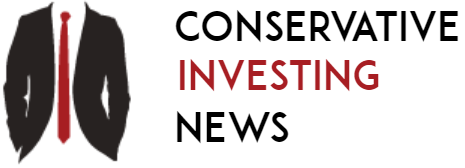Futures tied to the Nasdaq and the S&P 500 hit record highs today as the second-quarter (Q2) earnings season began and investors awaited upcoming inflation data that could influence the Federal Reserve’s (Fed) policy moves.
At 6.53am, S&P 500 E-minis were up 22.5 points, or 0.36% to reach an all-time high.
Dow E-minis were down 32 points, or 0.07%.
Nasdaq 100 futures also rose 0.58% to record highs, powered by a jump in Nvidia after the chip designer announced plans to restart sales of its H20 AI chip to China.
The company’s shares were up about 5% in premarket trading.
The news also lifted other chipmakers, with Advanced Micro Devices rising 4.5%, Marvell Technology up 2.7% and US-listed shares of TSM gaining 2.3%.
Wall Street kick-started another earnings season with major financial institutions reporting results.
JPMorgan Chase’s shares remained steady after the company lifted its net interest income forecast for 2025.
Additionally, Wells Fargo’s profit rose in Q2 as it set aside less money to shield for potential bad loans. However, its shares slipped 1.1%.
Meanwhile, BlackRock’s assets under management touched a new high, hitting US$12.53 trillion in Q2 on prospects of trade deals and interest-rate cuts in the US.
Its shares were down 0.9%.
Despite President Donald Trump’s renewed tariff threats – this time aimed at Russia – markets largely brushed off the rhetoric, focusing instead on a breakthrough from negotiations with US trade partners.
Hopes were buoyed after Trump signaled willingness to talk, following his weekend warning of 30% tariffs on the EU and Mexico starting Aug 1.
Yesterday, all three indexes closed higher, with the Nasdaq finishing at a record high.
All eyes are on the June consumer price report, due at 8.30am, that will allow investors to assess how Trump’s tariffs have affected price pressures.
Economists surveyed by Reuters expect headline inflation accelerated to 2.7% last month on a year-over-year basis, up from 2.4% in May, while core inflation is forecast to tick up to 3% from 2.8%.
Elias Haddad, senior markets strategist at Brown Brothers Harriman, noted that the effect of tariffs on inflation has been muted, but stuck to the view that “higher US levies is a downside risk to US growth and upside risk to inflation”.
The odds of a July rate cut have faded, while markets are pricing in a roughly 60% chance of a move in September, according to CME FedWatch.
Later in the day, at least four Fed officials, including Board governor Michael Barr, are scheduled to speak, potentially offering fresh clues on the central bank’s next steps.
Among other movers, Trade Desk surged 14.6% after the software firm was set to join the benchmark S&P 500 index.
